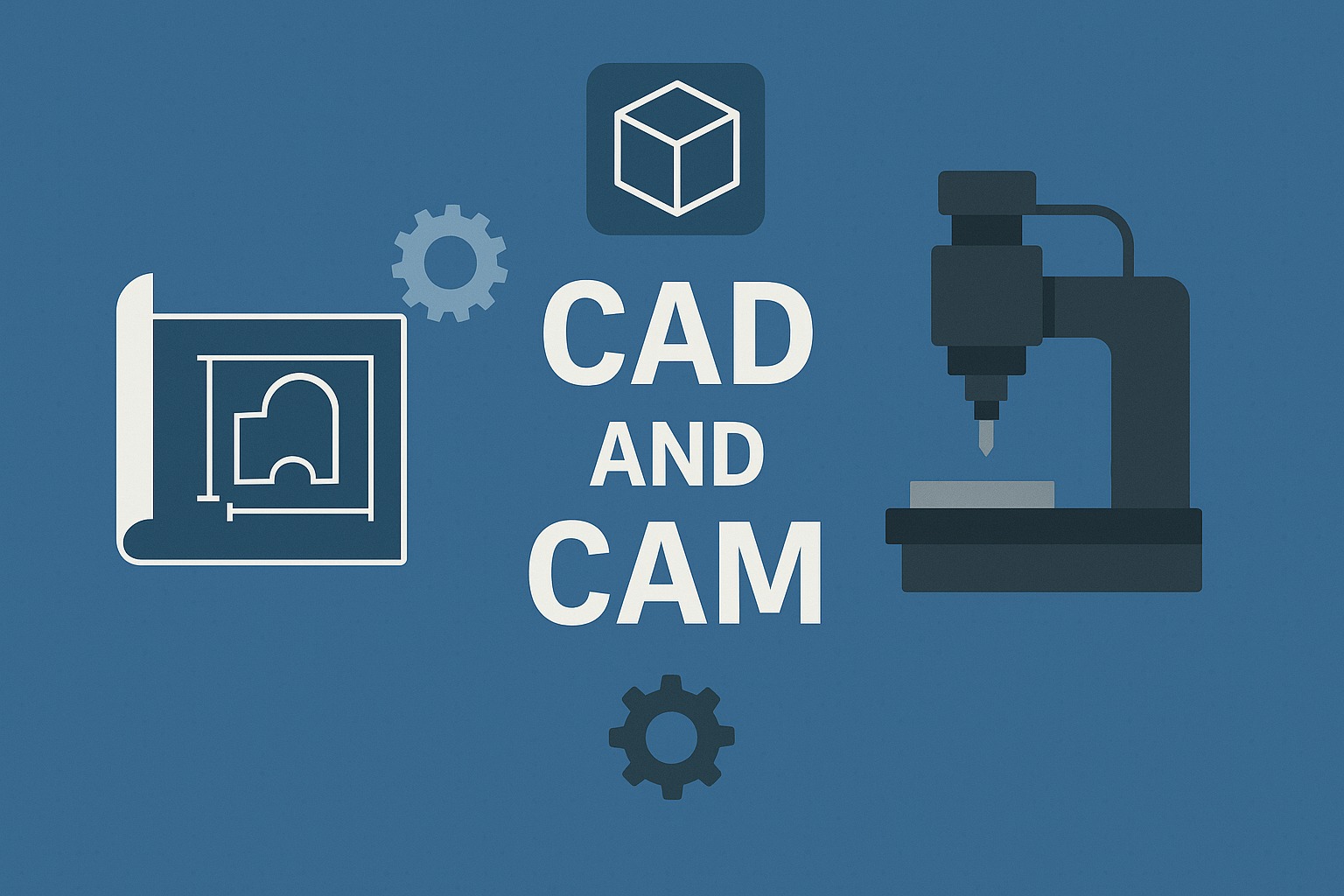
About Course
CAD (Computer-Aided Design) and CAM (Computer-Aided Manufacturing) are technologies that are used for designing and manufacturing products. CAD refers to the use of software to design, draft, and model products or systems, whereas CAM involves using software to control and automate the manufacturing processes. In this course, students will learn how to use leading CAD software such as SolidWorks and AutoCAD, which are commonly used in industries like mechanical engineering, architecture, and product design for designing 2D and 3D models, and using those models to guide manufacturing processes.
The CAD and CAM (SolidWorks, AutoCAD) course teaches students how to create, edit, and manage digital designs for various projects and how these designs are translated into physical products through automated manufacturing systems. The course involves learning the fundamentals of CAD/CAM tools, their applications in design and production, and how to optimize workflows in the design-to-manufacturing process.
Course Content
Introduction to CAD/CAM
-
Overview of CAD/CAM technologies and their applications
-
Understanding the importance of CAD in design and CAM in manufacturing
-
Differences between SolidWorks and AutoCAD
-
CAD/CAM workflow and integration
-
Basic introduction to SolidWorks and AutoCAD interfaces
